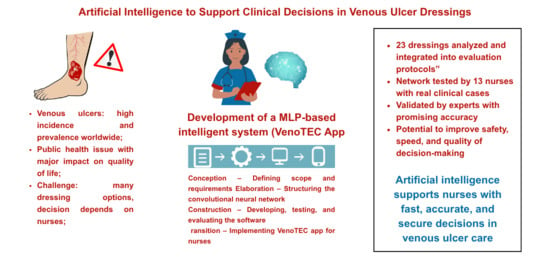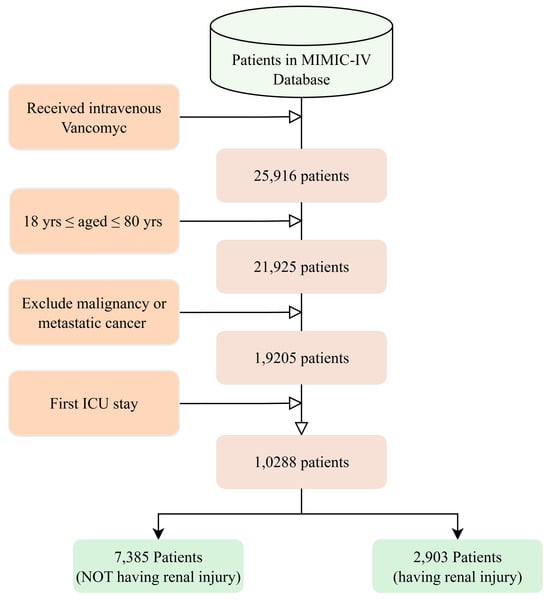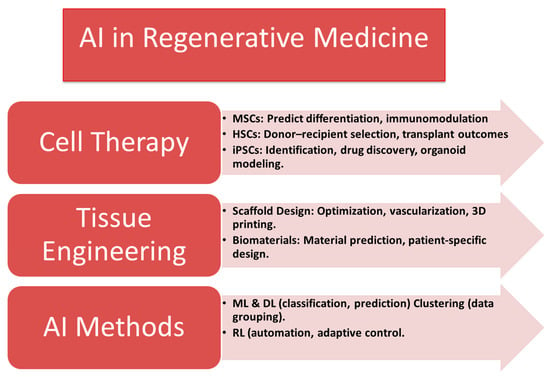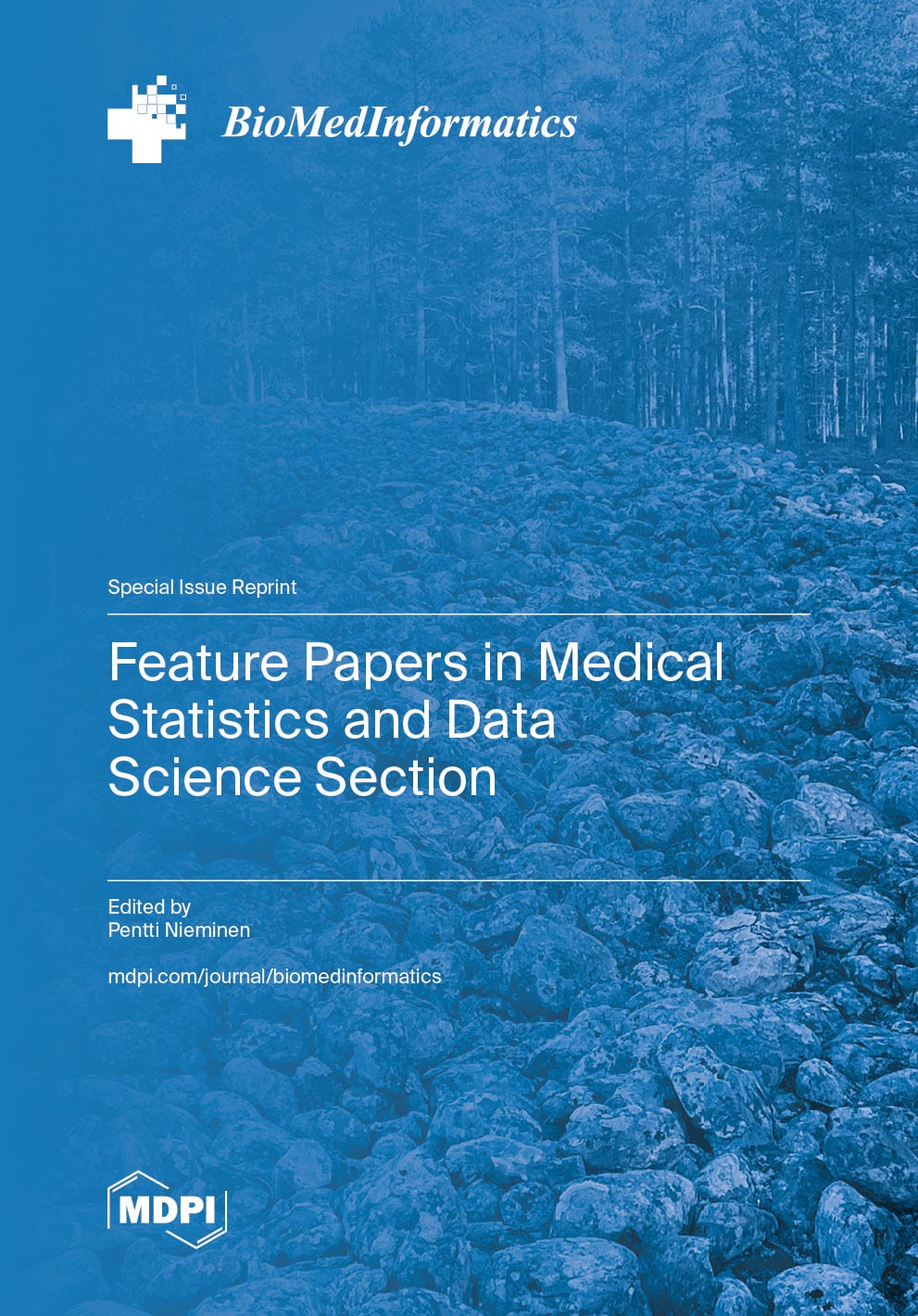- Article
Multilayer Perceptron Artificial Neural Network to Support Nurses’ Decision-Making on Topical Therapies for Venous Ulcers: Construction, Validation, and Evaluation
- Simone Karine da Costa Mesquita,
- Luana Souza Freitas and
- Isabelle Pereira da Silva
- + 6 authors
Background: Due to the complexity of venous ulcer treatment, the role of nurses is critical, and artificial intelligence, particularly artificial neural networks of the Multilayer Perceptron type, can be effective tools that support professionals with objective, real-time evaluation. Thus, the present study aims to develop a network to assist in nurse decision-making regarding topical therapies for the treatment of venous ulcers. Methods: A methodological study with a technological focus and quantitative approach was conducted. The Unified Process methodology model was used, based on the Rational Unified Process strategy, following four phases: conception, elaboration, construction, and transition. Results: The development of the artificial neural network involved the collaboration of three specialists who evaluated clinical cases and images of venous ulcers to identify the topical therapies used in their clinical practice. A total of 23 dressings were selected, studied, and grouped into evaluation protocols to create the neural network flowchart, which defined the structure of the network. This network was then used by 13 nurses through the VenoTEC app (version 1.2, developed by the authors, Natal, Brazil). Conclusions: The software developed showed promising results in the initial evaluations conducted. The network achieved the highest accuracy in the initial tests and received a very good usability rating from the nurses who participated in the evaluation. The small dataset limits the generalization capability of the findings. Further studies are needed with additional datasets and populations.
17 December 2025






